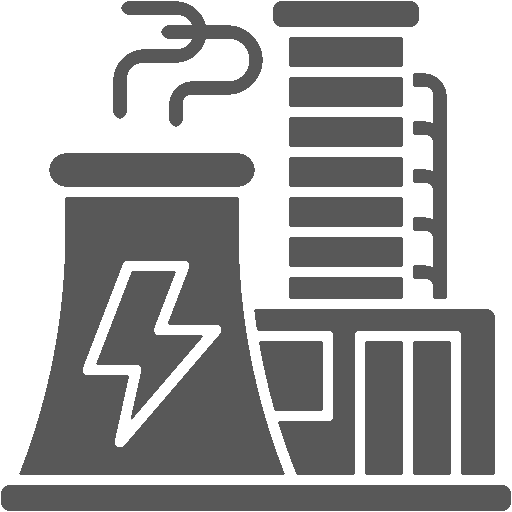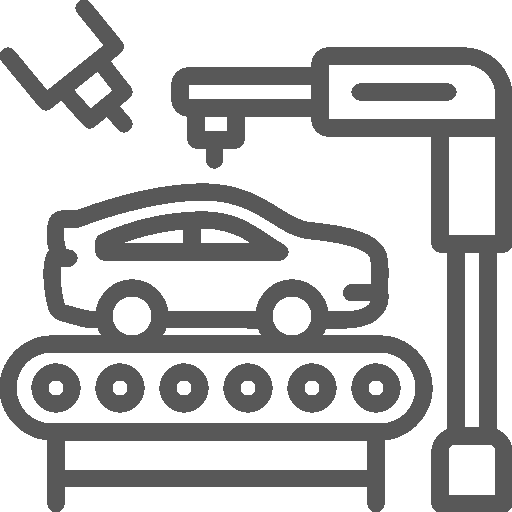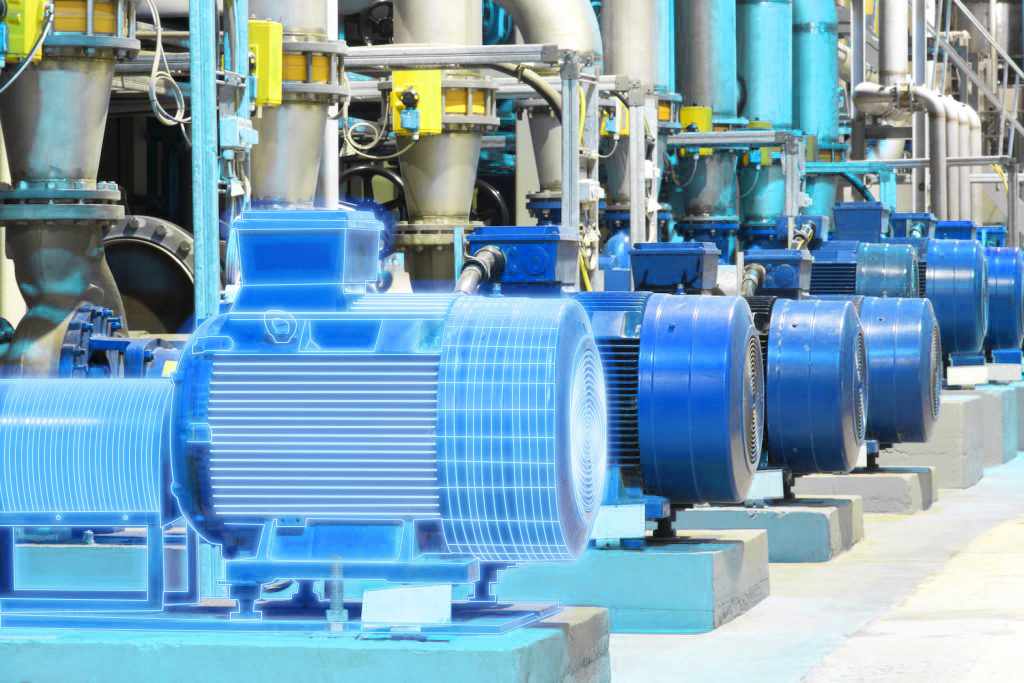
There is absolutely no denying the fact that predictive maintenance is revolutionizing the many industries. It is changing (for good) how industries manage their equipment by offering a proactive approach to maintaining machinery and minimizing unplanned downtime. Here, we will explore the importance of Electrical Signature Analysis in predictive maintenance, how it works, and why it is essential for modern industries.
Among the various predictive maintenance techniques, Electrical Signature Analysis (ESA) stands out as a highly effective method. After all, ESA leverages the power of electrical data to diagnose equipment conditions, predict failures, and ensure smooth, uninterrupted operations.
Contents
What is Electrical Signature Analysis (ESA)?
Simply put, Electrical Signature Analysis is a non-intrusive diagnostic method that monitors the electrical signals of machinery to detect signs of wear, damage, or other operational issues. By analyzing electrical parameters like current and voltage, ESA can identify problems in motors, generators, transformers, pumps, and other critical equipment. Unlike traditional maintenance methods that rely on scheduled checks or physical inspections, ESA provides continuous monitoring and real-time data analysis, enabling early detection of potential issues before they escalate into serious problems.

How Does Electrical Signature Analysis Work?
ESA works by analyzing the electrical signals generated by machinery during operation. Every piece of equipment has a unique electrical signature that reflects its normal operating condition. By comparing real-time electrical signals to these baseline signatures, ESA can detect anomalies that may indicate potential issues.
The data collected through ESA is processed using advanced algorithms, which can identify patterns associated with specific faults. This information allows maintenance teams to pinpoint issues and take corrective actions before they lead to unexpected failures.
Benefits of Electrical Signature Analysis in Predictive Maintenance
- Early Fault Detection
One of the primary advantages of ESA is its ability to detect faults at an early stage. Problems such as misalignment, bearing wear, and electrical imbalances often start subtly. Traditional maintenance methods might miss these early signs, leading to sudden breakdowns. ESA can pick up minor anomalies, allowing maintenance teams to address them before they turn into major issues.
- Cost Savings
Unplanned equipment failures can lead to expensive repairs, production stoppages, and downtime costs. Predictive maintenance, powered by ESA, helps industries avoid these costs by identifying issues early and enabling planned maintenance. This not only reduces repair costs but also extends the lifespan of equipment, leading to significant long-term savings.
- Increased Equipment Reliability
Reliable equipment is crucial for maintaining productivity. ESA contributes to improved reliability by ensuring that machines are operating within optimal parameters. By continuously monitoring electrical signals, ESA can alert maintenance teams to any deviations from normal operation, allowing for timely interventions that keep equipment running smoothly.
- Non-Intrusive Monitoring
Traditional maintenance techniques often require equipment to be stopped for inspections, leading to downtime. ESA, on the other hand, is a non-intrusive method. It can monitor machinery in real-time without interrupting operations. This means maintenance can be performed while equipment is still running, which enhances productivity and reduces downtime.
- Data-Driven Maintenance Strategies
ESA provides valuable insights into the condition of machinery. The data collected can be analyzed to identify trends, such as recurring faults or gradual wear patterns. This information is crucial for developing data-driven maintenance strategies that focus on the actual condition of equipment rather than relying on arbitrary schedules. This shift from reactive to proactive maintenance can greatly enhance efficiency and resource management.
Applications of Electrical Signature Analysis
Electrical Signature Analysis has broad applications across multiple industries, including manufacturing, oil and gas, utilities, and automotive. Some of the common applications include:
Motor Condition Monitoring: ESA can detect issues like rotor bar defects, stator winding problems, and mechanical imbalances in motors.
Pump Diagnostics: By analyzing electrical signals, ESA can identify issues such as cavitation, impeller damage, and bearing wear in pumps.
Power Quality Analysis: Poor power quality can damage equipment and reduce efficiency. ESA helps identify issues like harmonics, voltage imbalances, and other power-related problems.
The Bottom Line
Electrical Signature Analysis plays a vital role in predictive maintenance by offering a proactive approach to equipment management. By continuously monitoring electrical signals, ESA can detect faults early, reduce downtime, and improve equipment reliability. Its non-intrusive nature, cost-saving potential, and versatility across different equipment make it an invaluable tool for modern industries. Investing in ESA is a step towards smarter, data-driven maintenance strategies that ensure smoother operations and reduced costs.
For industries looking to enhance their predictive maintenance programs, Electrical Signature Analysis offers a powerful, efficient, and cost-effective solution. With its ability to detect issues early, maintain equipment reliability, and minimize unplanned downtime, ESA is becoming an essential part of modern maintenance strategies.
If you have any more questions about implementing electrical signature analysis in predictive maintenance, please contact us today.












 White Papers
White Papers Case Study
Case Study Documents
Documents Webinars
Webinars Events
Events ROI Calculator
ROI Calculator FAQ
FAQ